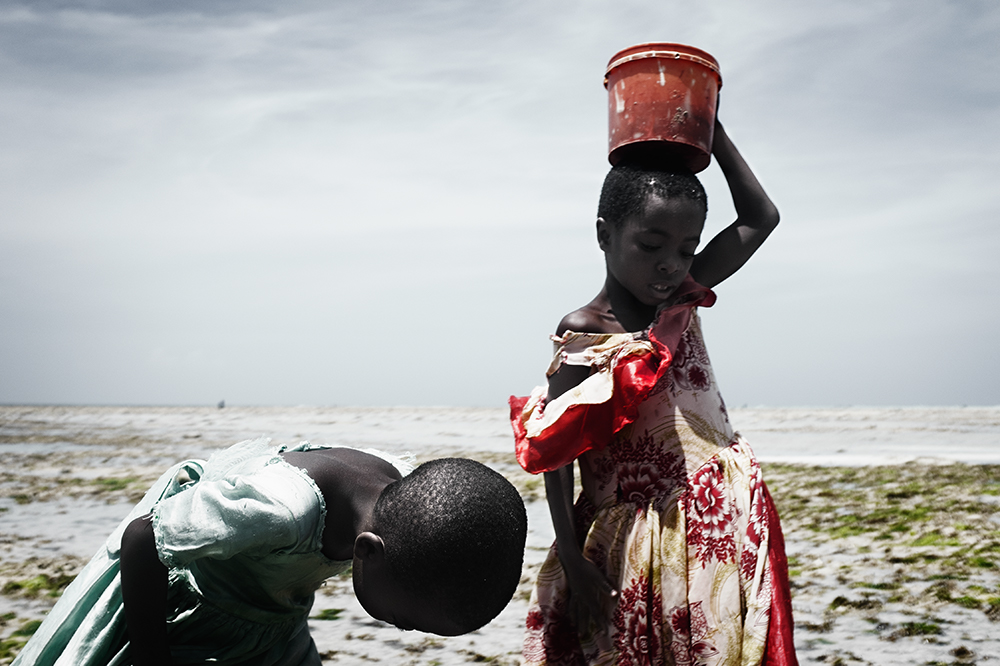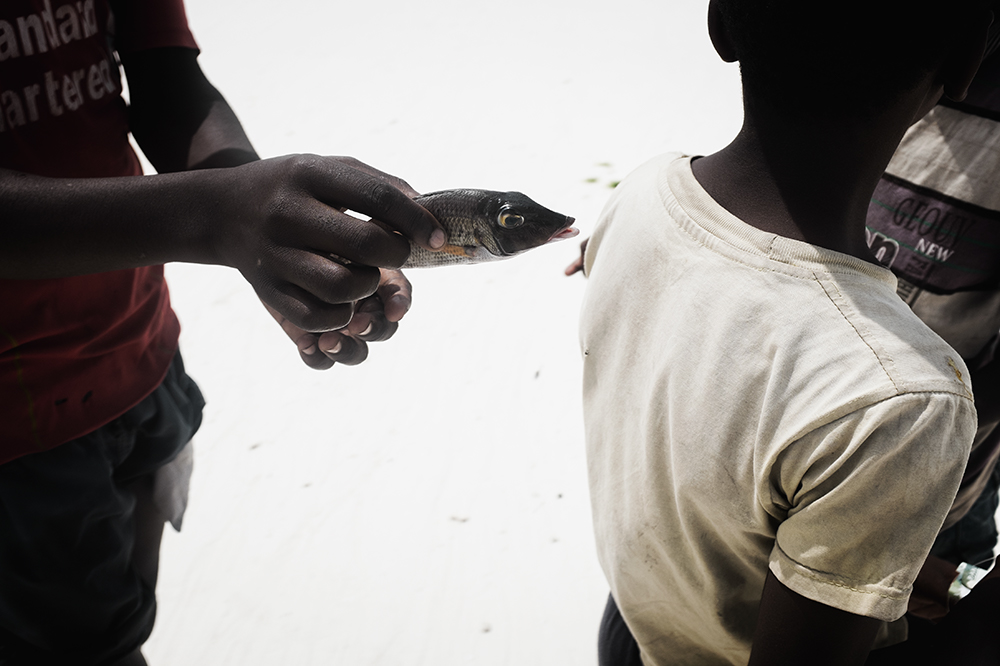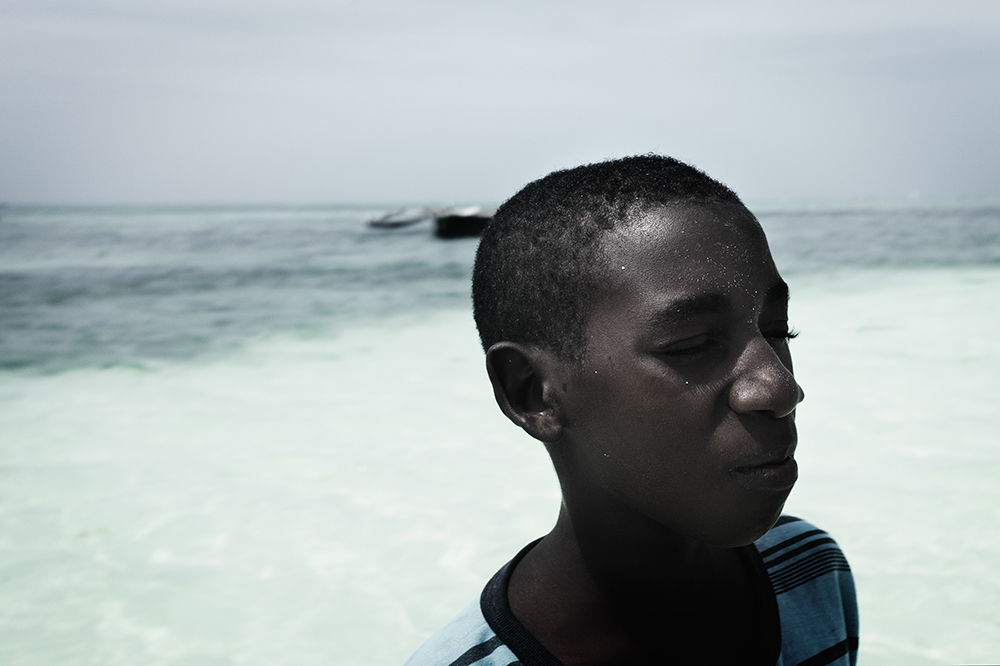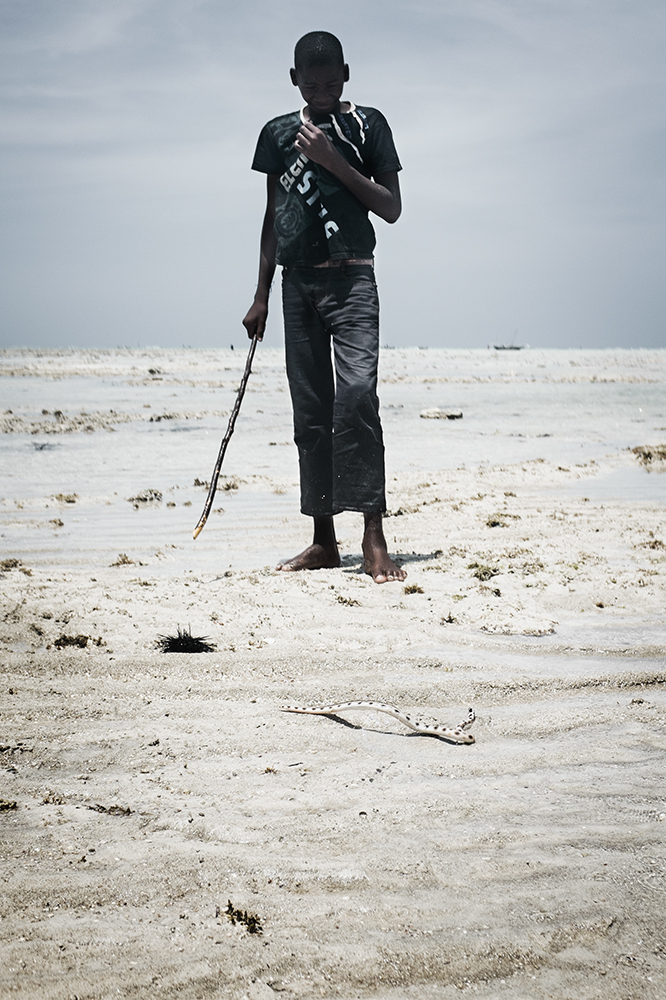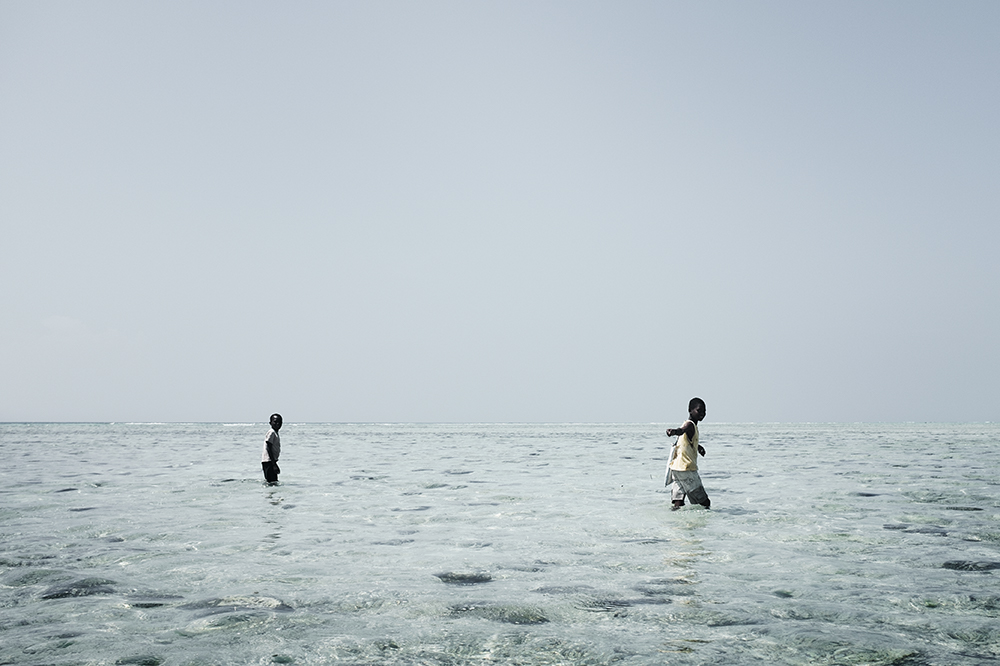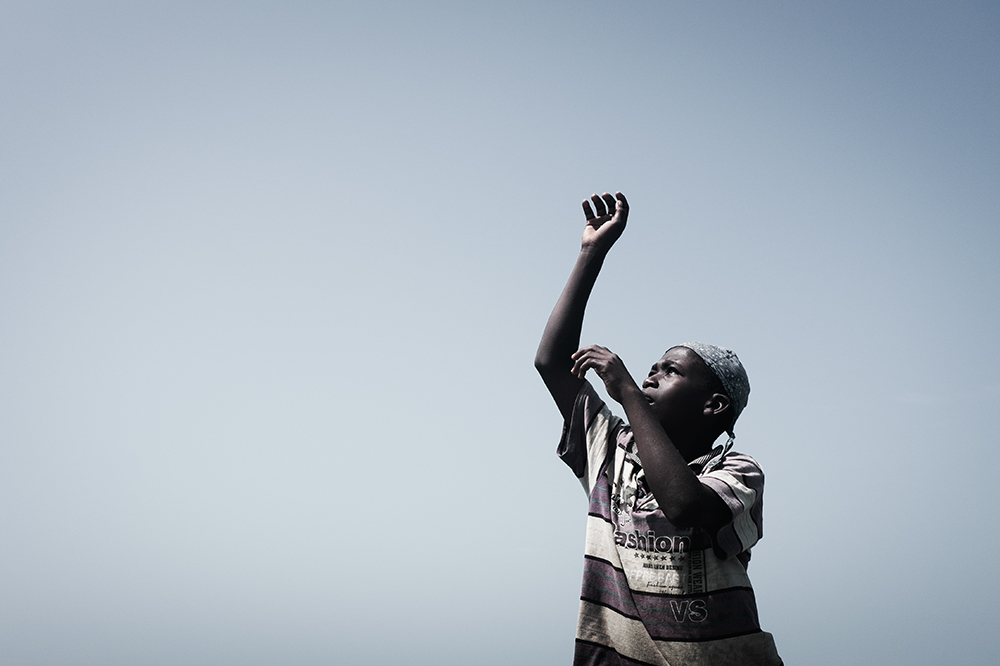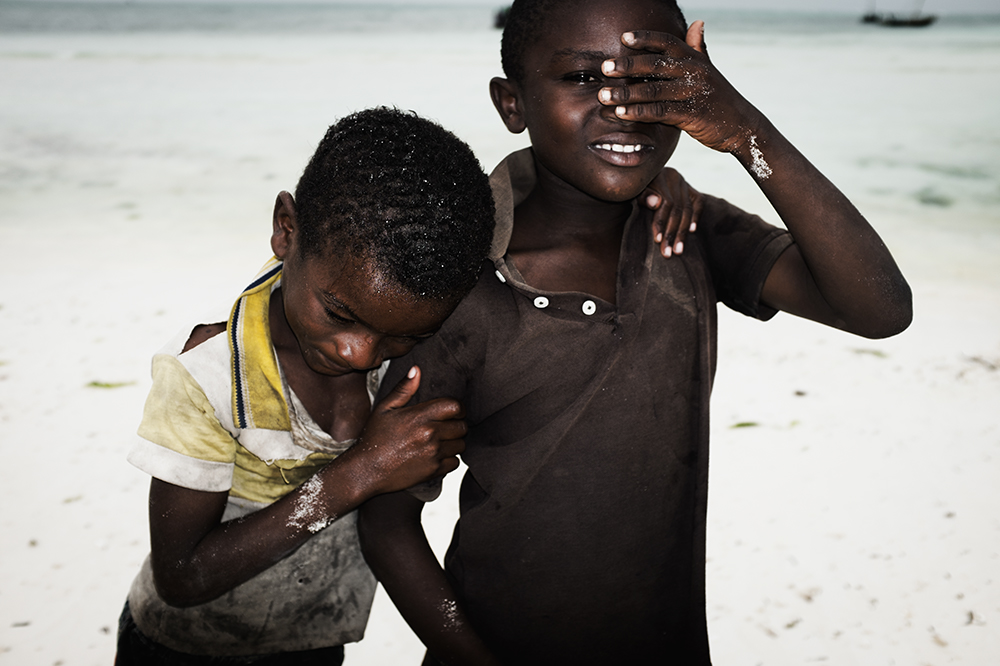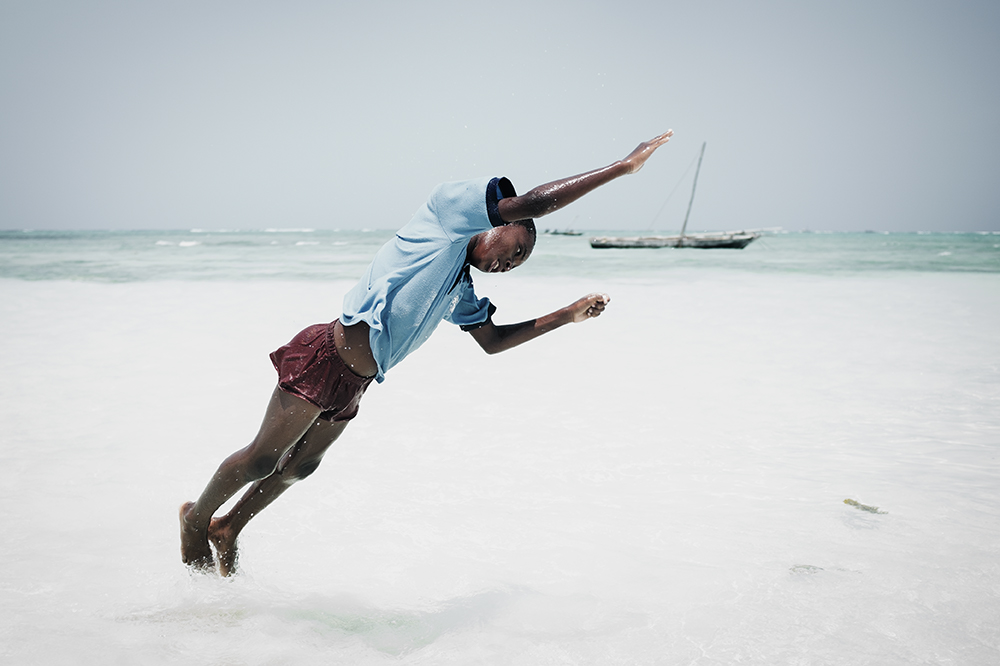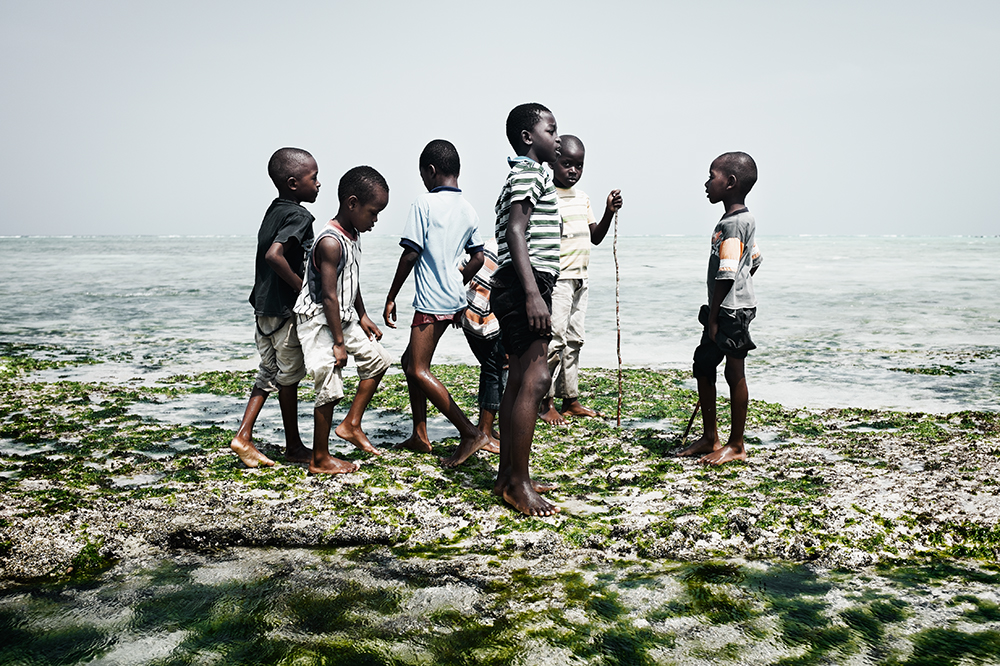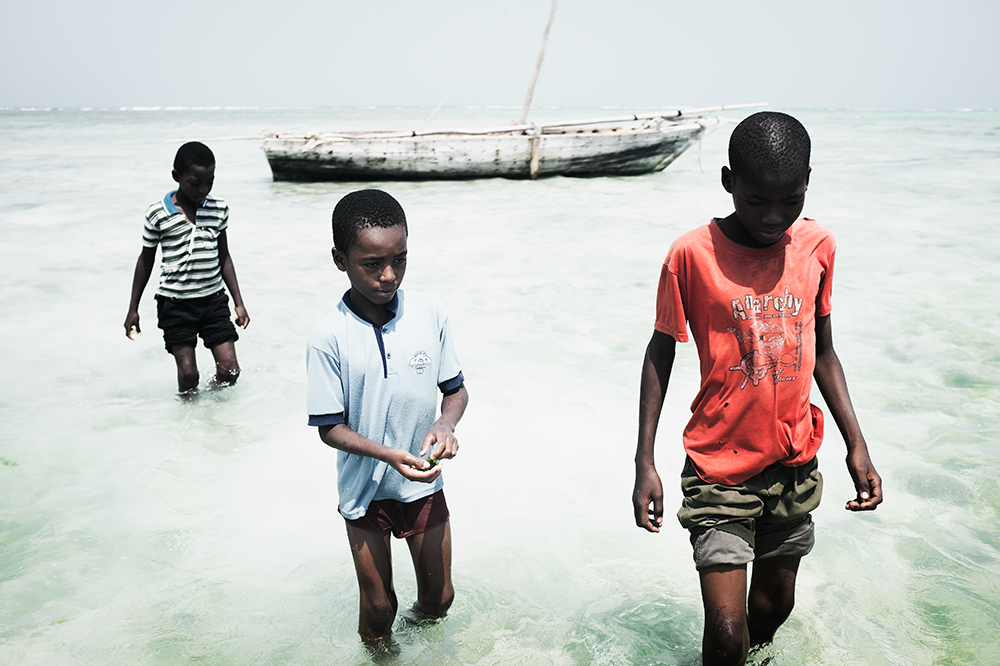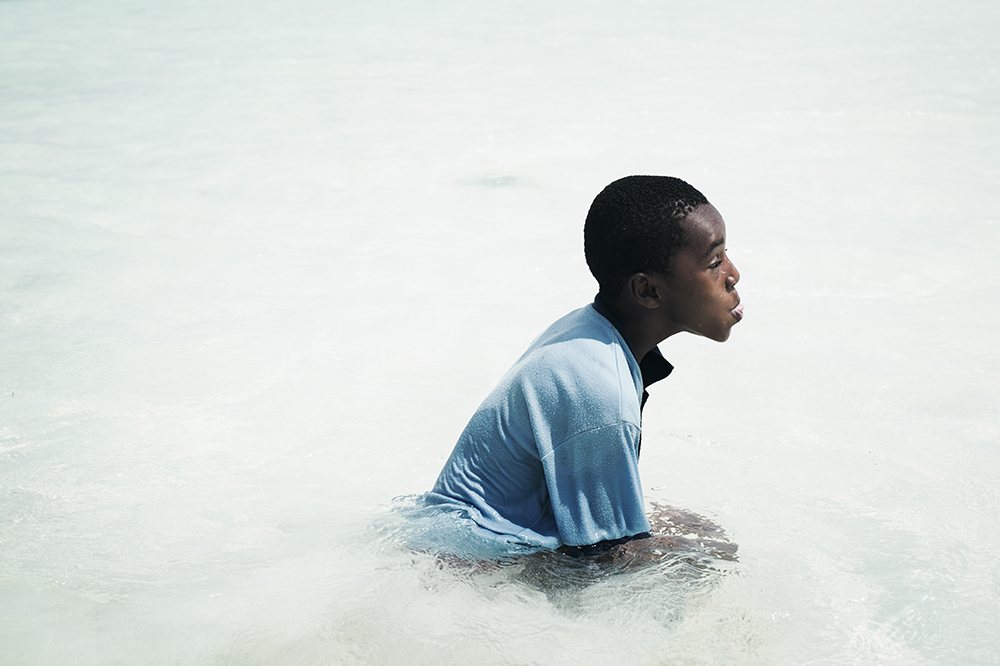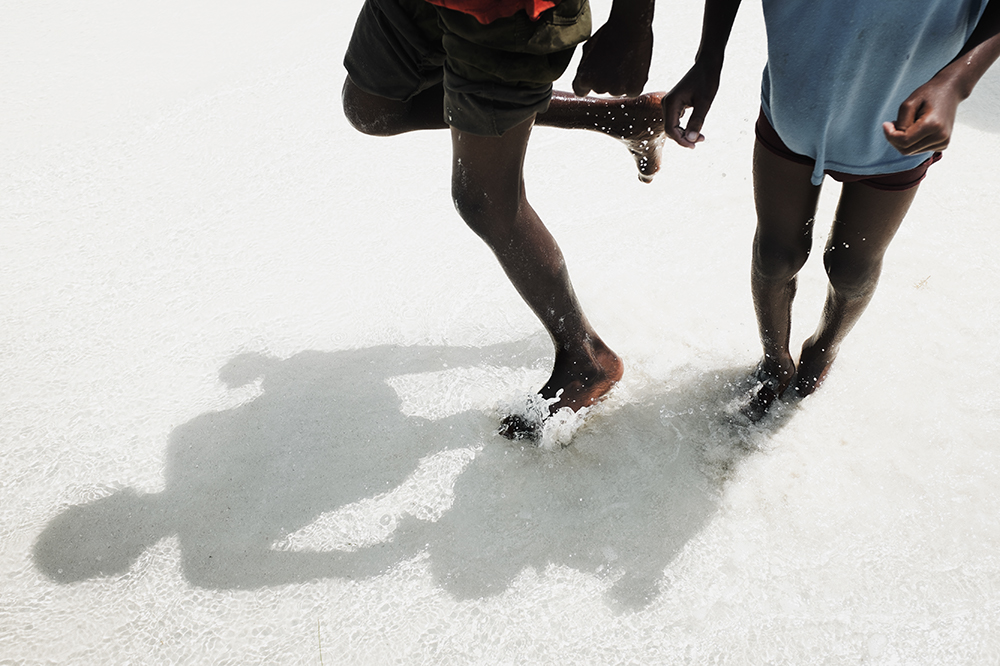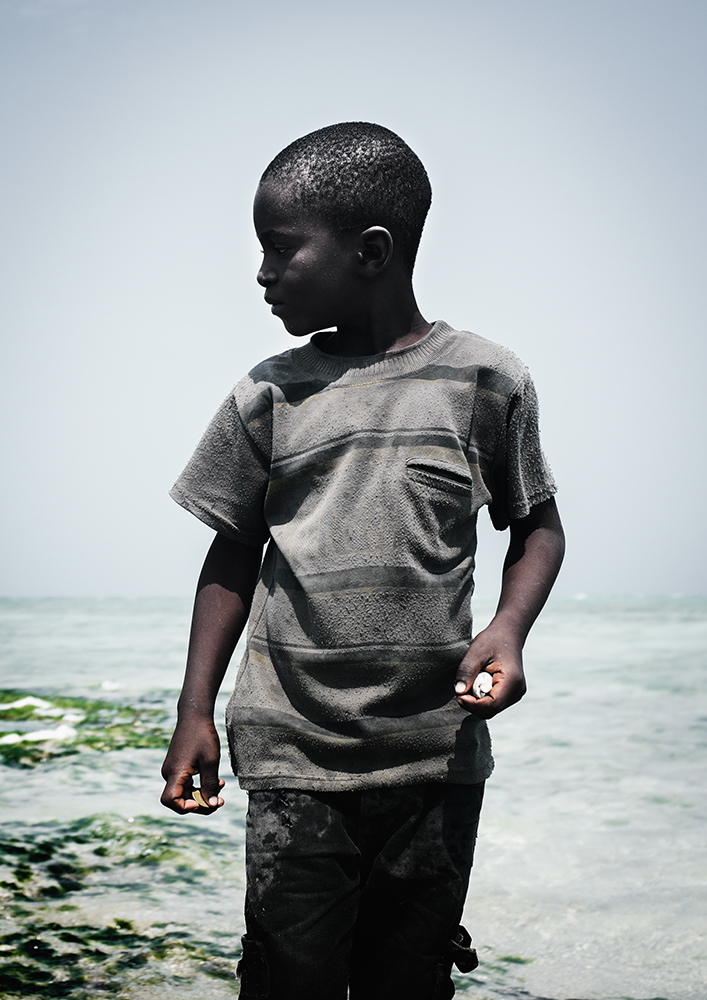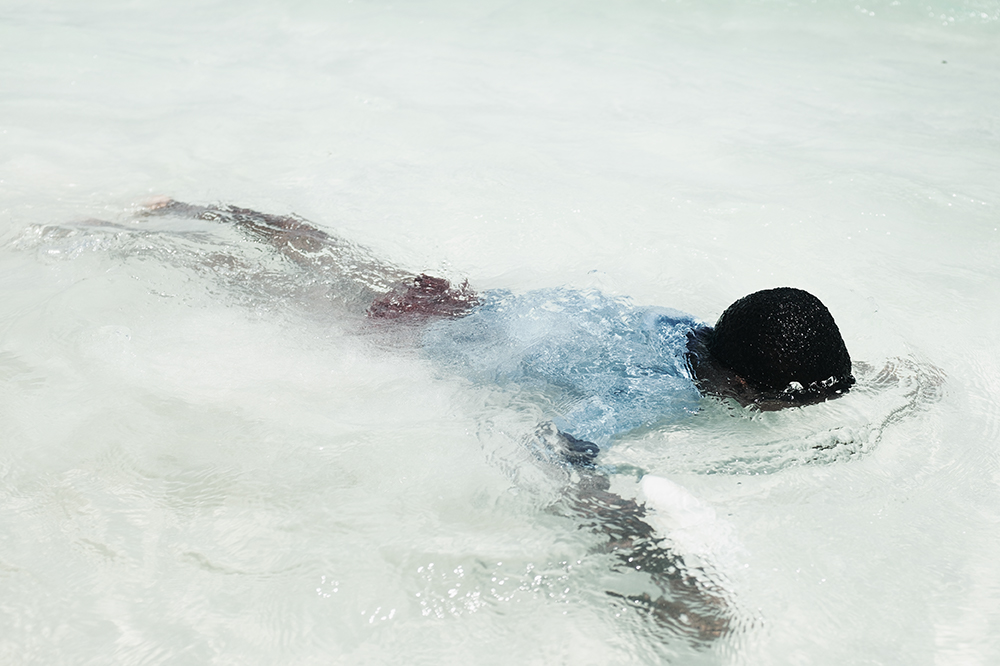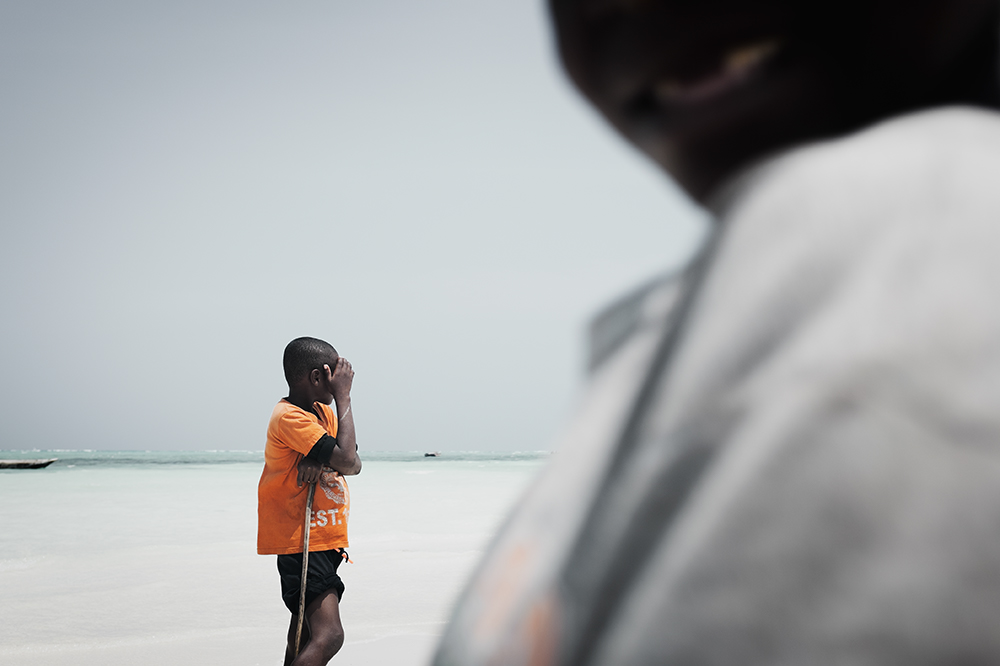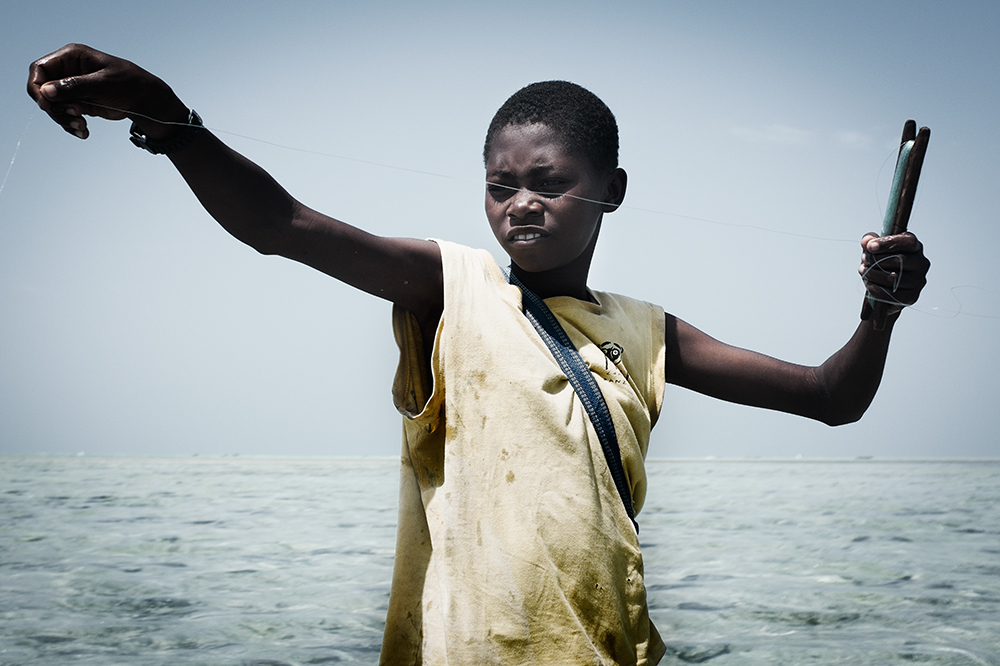About 1 hour after the arrival sitting in the back seat of a local taxi heading to the hotel, tragedy strikes down from no where and takes us by shock. What happened next turned pretty much everything upside down. A boy, who looks like less then ten years old, is trying to cross the road to the other side when he shockingly gets hit by the taxi we’re sitting in. Seconds later, disturbance and chaos takes place while I desperately try to get the boy to the nearest hospital as fast as possible. About 15 anxious and very mentally heavy hours later we looked for his family’s house to find out how he was doing. His mother was screaming and crying when a man approached to tell us that the boy had past away in the hospital from his injuries.
From that moment on nothing made sense no more. We decided to leave and go back home. The thought of continuing the travel like nothing happened felt inhuman. Thats when I met the kids at the tide water. The reason why I started photographing the kids is due to the guilt and sadness I felt towards the boy who didn’t make it cross the road. I wanted to capture the innocence and the courage they possess. It became a way for me to handle the emotional pressure. I felt, some how, that I was giving back. But the truth is that its the kids who are the once who gave me more than I could ever think of giving back to anybody.
The project is dedicated to Modather who became 10 years old. And my little friends Abdi, Hadji, Ismail, Sele, Atimo, Yousuf, Badu and the rest of the kids at the tide waters.
Carlos Zaya is a freelance documentary photographer based in Stockholm, Sweden. Born in Iraq 1981 where he left the country at age 9 along with his parents and siblings to seek safety away from the gulf war.
His work is a collection of ordinary and unordinary observations with personal projects concerning social issues parallel with assignments from newspapers and magazines. His main focus is on the documentary genre presenting works both in singles and reportage series with the human subject as the central core.






